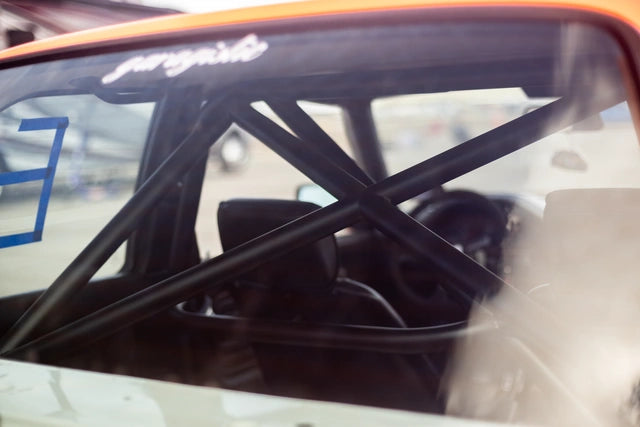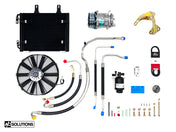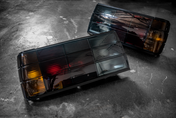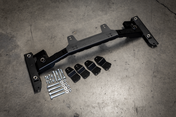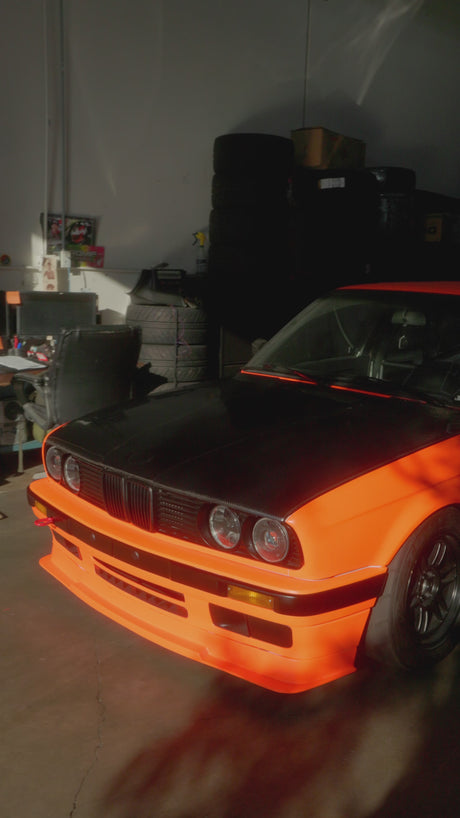BMW chose to use a hi-tec bore-coating process for the early pre 96 M60 blocks which enabled them to do away with the iron cylinder liners that were previously used in aluminum engines. The Nikasil process was an electrodeposited lipophilic nickel matrix silicon carbide coating and cannot be reapplied by most, if any machine shops.
Later M60 engines (and all M62/S62 engines) were produced using a process called Alusil, which is simpler in just being an alloy block with very high silicon content, the bores are chemically etched to expose silicon precipitate which is then honed to provide an oil-retaining bearing surface, but like Nikasil this process cannot be repeated by most machine shops outside of new car factories or Formula One.
Some symptoms of the Nikasil problem are rough running at idle and difficult cold starting, both due to loss of compression. In severe cases, the loss of compression is so bad that the engine loses power and does not start. Oil consumption increases dramatically as oil is sucked up the side of the leaky pistons. Problems arose with the coating wearing out too quickly and BMW blamed this on the high sulphur content found in low-octane fuels. When warranty problems came up, BMW dealers had the engine blocks replaced with identical new blocks.
The serial number on the block should determine which engine you have. On the M60 block, the casting number is stamped on the engine, on the right side of the car directly alongside the 3rd cylinder, and slightly above the coolant drain bolt.
M60B30: M60B40:
•1 725 970 - Nikasil •1 725 963 - Nikasil
•1 745 871 - Alusil •1 745 872 - Alusil
•1 741 212 - Nikasil •1 742 998 - Nikasil
Premature damage to the bores seems to come from overheating, ingesting foreign particles, aggressive driving behavior, or using cheaper 87 octane gas. In these instances, iron blocks or liners would perhaps withstand this abuse. The silicon/nickel coated alloy bores do not.
To reiterate, Nikasil and Alusil cylinder walls cannot be re-bored in the way that conventional iron blocks or iron liners can. Alusil bores can be re-honed if enough of the exposed silicon is left, but for badly scratched or worn bores fitting ductile iron liners is the only cost-effective way of restoring an alusil/nikasil block. If the pistons are in good condition they can then be re-used with new rings if the original bore diameter is maintained.
In conclusion, if nowadays you are interested in an M60 that has been confirmed to have a Nikasil block, don’t be so quick not to buy. Nikasil-related failures occurred between 30,000 and 60,000 miles. So if the car is still running, idles, doesn't smoke, and has over 100k miles, Nikasil should not prevent you from having a perfectly functioning and powerful V8. In 1997, US fuel companies significantly reduced the amount of sulfur in gas, so feel confident in buying a Nikasil M60 nowadays.
If you see below in Figure 1, you can see on the passenger side right above the coolant plug, this indicates a nikasil engine

M62
Mechanically, the M62 is identical to the M60. The main differences being the following:
4.4L and 4.6L (and Alpina 4.8L) Variants
All M62’s are Alusil Linings (US)
Single Row Timing Chain
VANOS in the later models
OBD II
The M62 has more torque and better fuel economy, but regardless of the extra .4L, the power output is approximately the same as the M60.
S62
Any BMW enthusiast doesn’t need to be reminded that the S62 was the most desired of V8 engines of its time. It was featured in the E39 M5 and the Z8 and even the Ascari. The main differences in the S62 when compared to the M60 are the following:
Enlarged displacement: 5.0 Liter as opposed to 4.0
Dual VANOS (intake/exhaust)
8 Individual throttle bodies (ITB)
Normal/sport mode for throttle response
Hollow camshafts used, lighter, stronger
Way too many changes to list…..etc.
Recommendation:
For simplicity, it is recommended to go with the M60 mainly due to the lack of OBD and the documentation in this write-up is geared around M60. The M60 engines, while the possibility of obtaining a nikasil version exists (non-issue for <80-100k miles), it is a relatively cheap and widely available.

